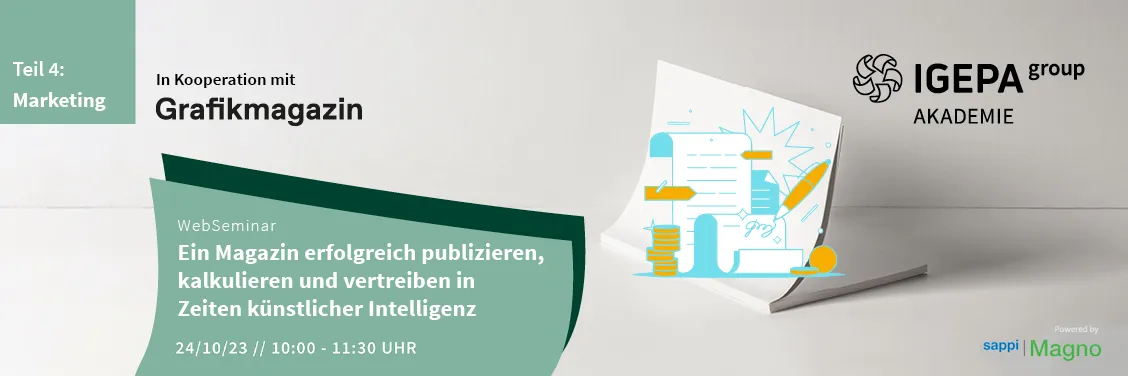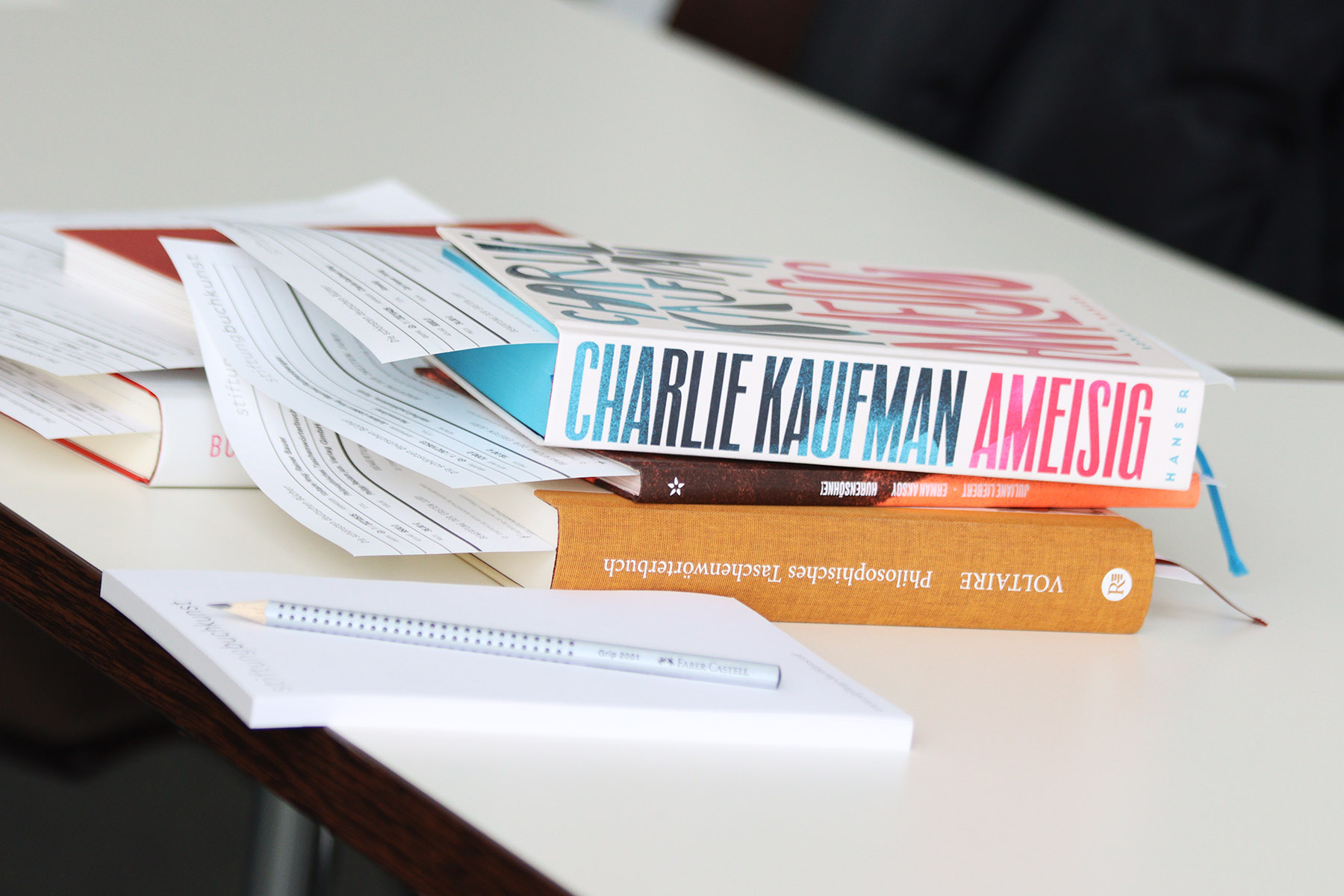Getting to grips with the most beautiful books awarded each year ahead of time is admittedly one of the best parts of our job. Pun intended! We show you the winning works from all categories awarded by the Stiftung Buchkunst and our personal favorites.
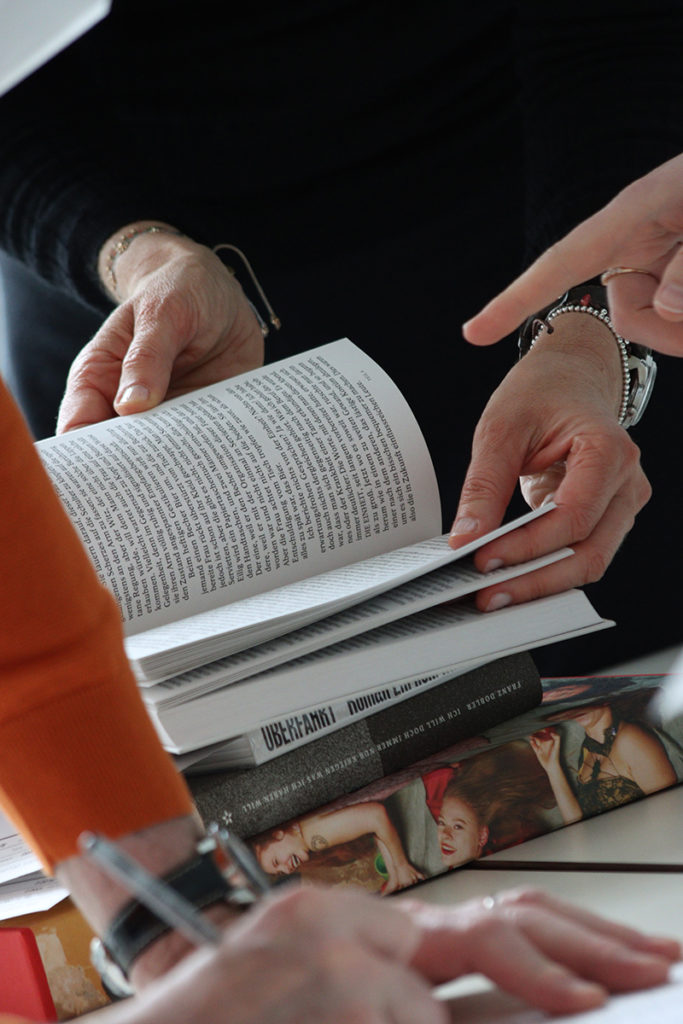
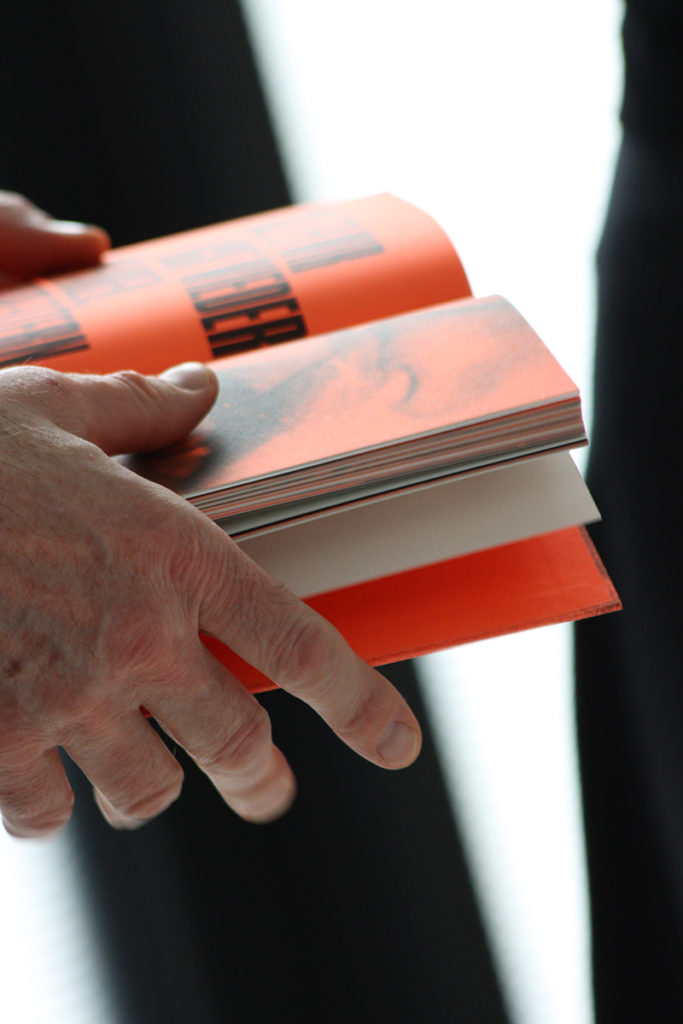
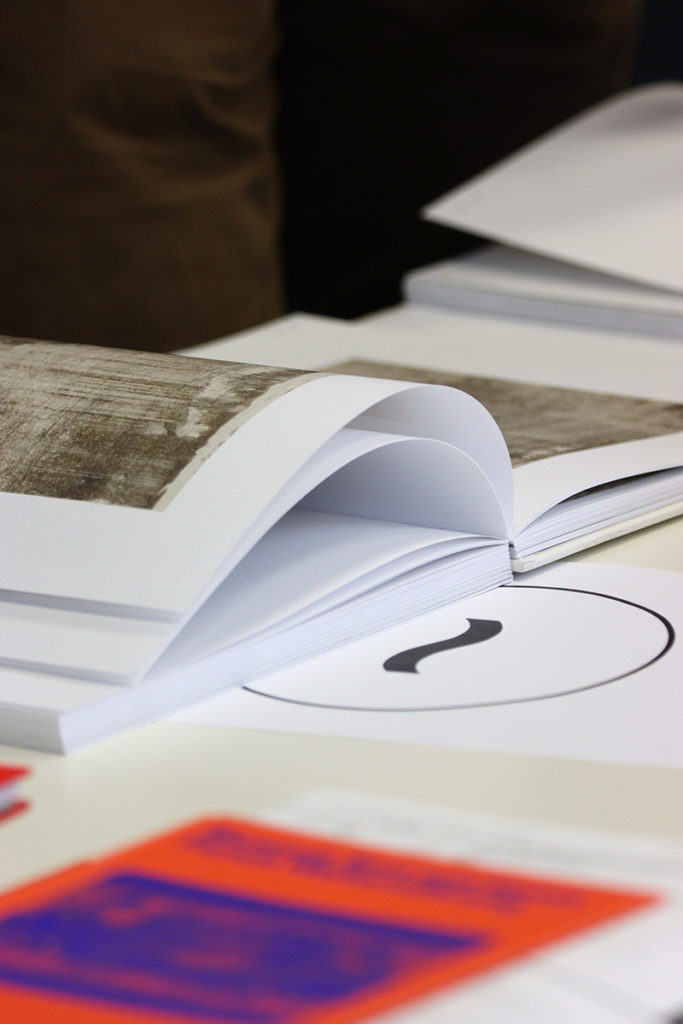
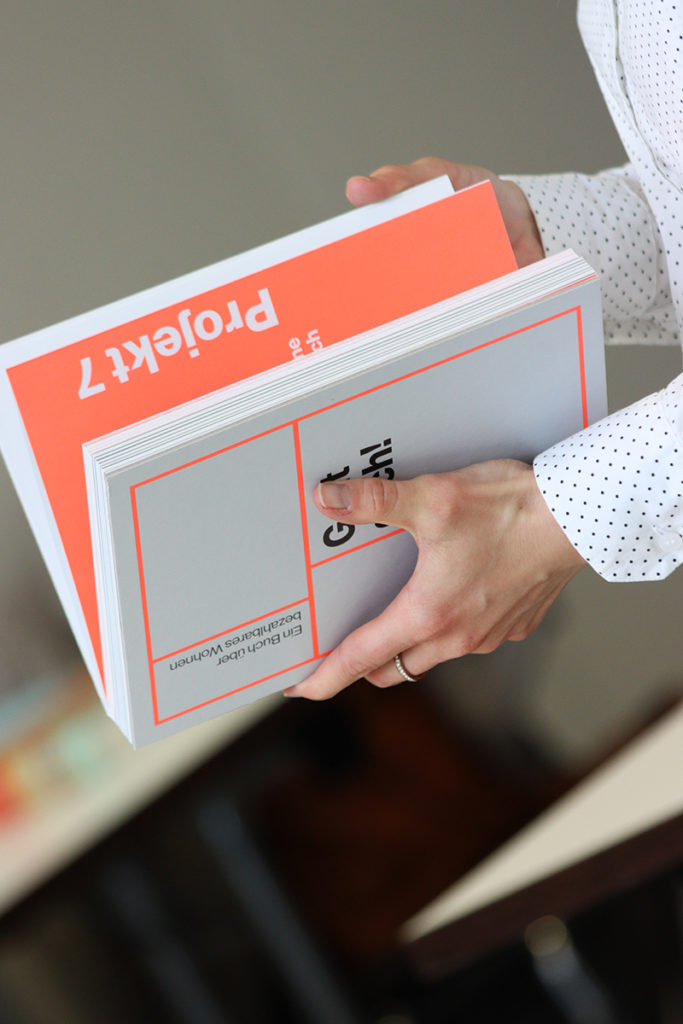
As in the previous year, the high-caliber jury of experts had to meet under strict hygiene measures, but this did not dampen their spirits. "Despite wearing masks and keeping their distance, the jury came closer and closer together in open discussions and were able to make a great selection in the end," says Katharina Hesse, Managing Director of Stiftung Buchkunst. "In 2021, 25 Most Beautiful German Books will once again showcase the entire spectrum of good design and its contribution to conveying exciting content."
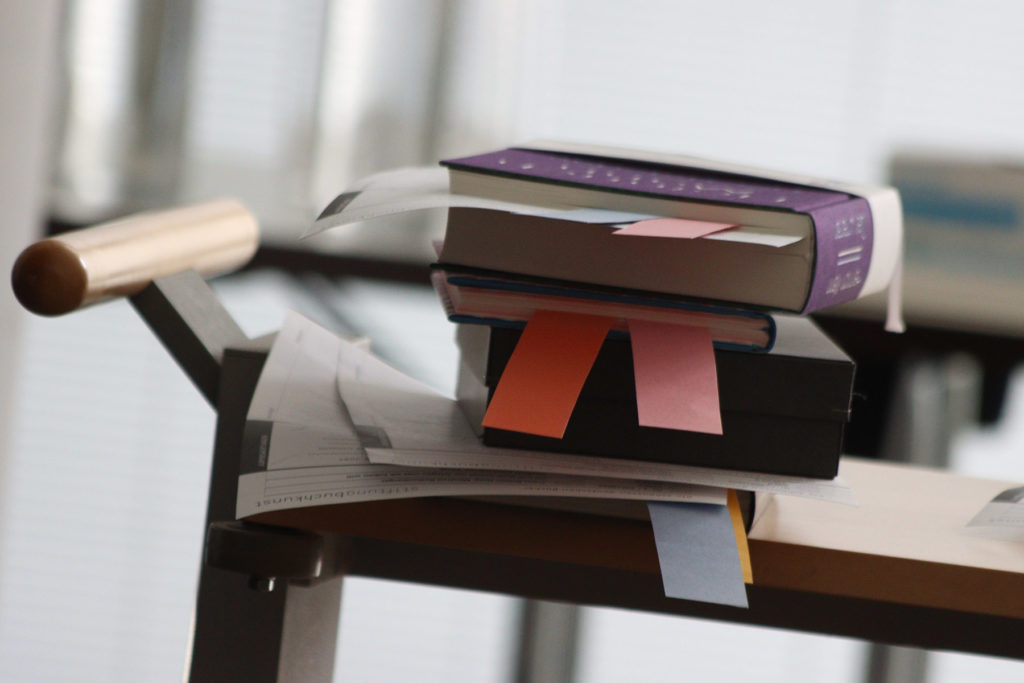

The jury is made up of three teams. It is appointed annually by the board of the Stiftung Buchkunst and makes its decision by vote after extensive discussion. This year's candidates included our long-standing correspondent Sylvia Lerch, who regularly writes for us about exciting book publications and print productions. We also greatly value the expertise of our specialist colleague Julia Kahl from Slanted Publishers . You can view all other jury members transparently here.
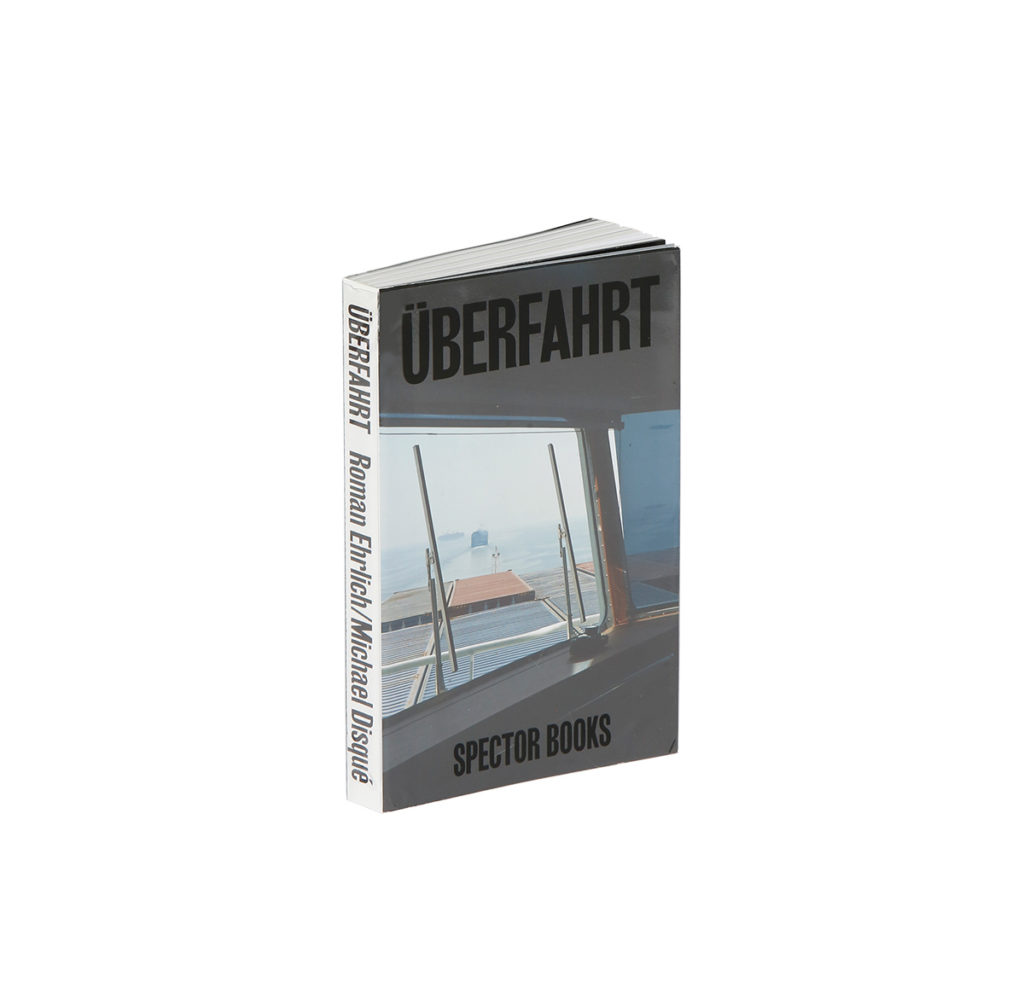
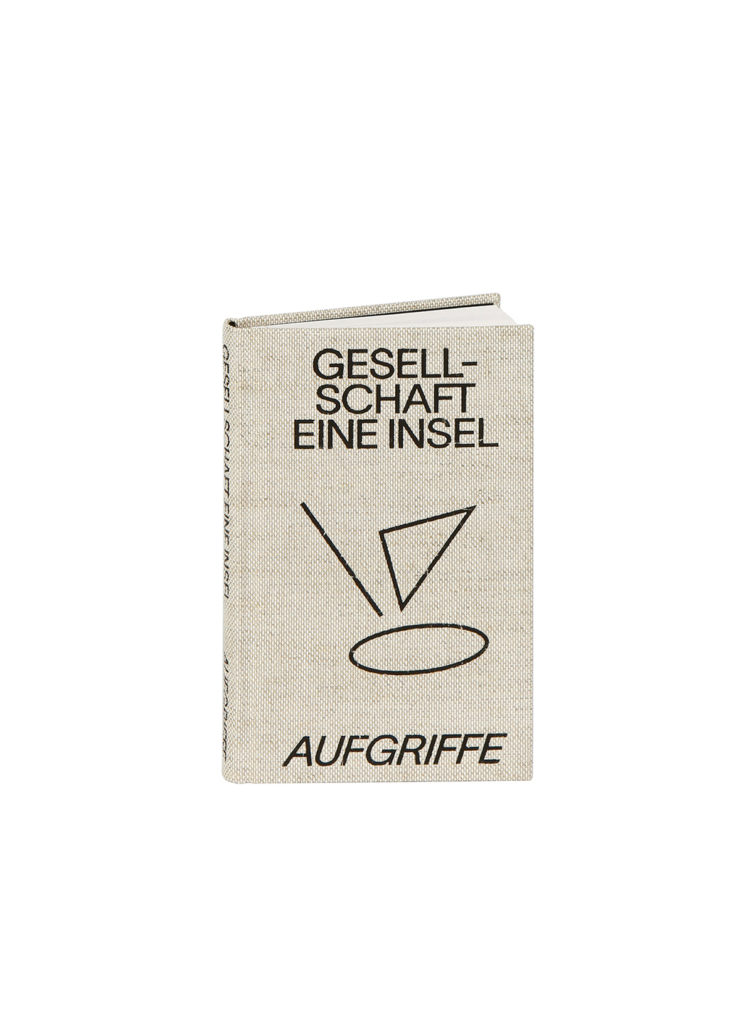
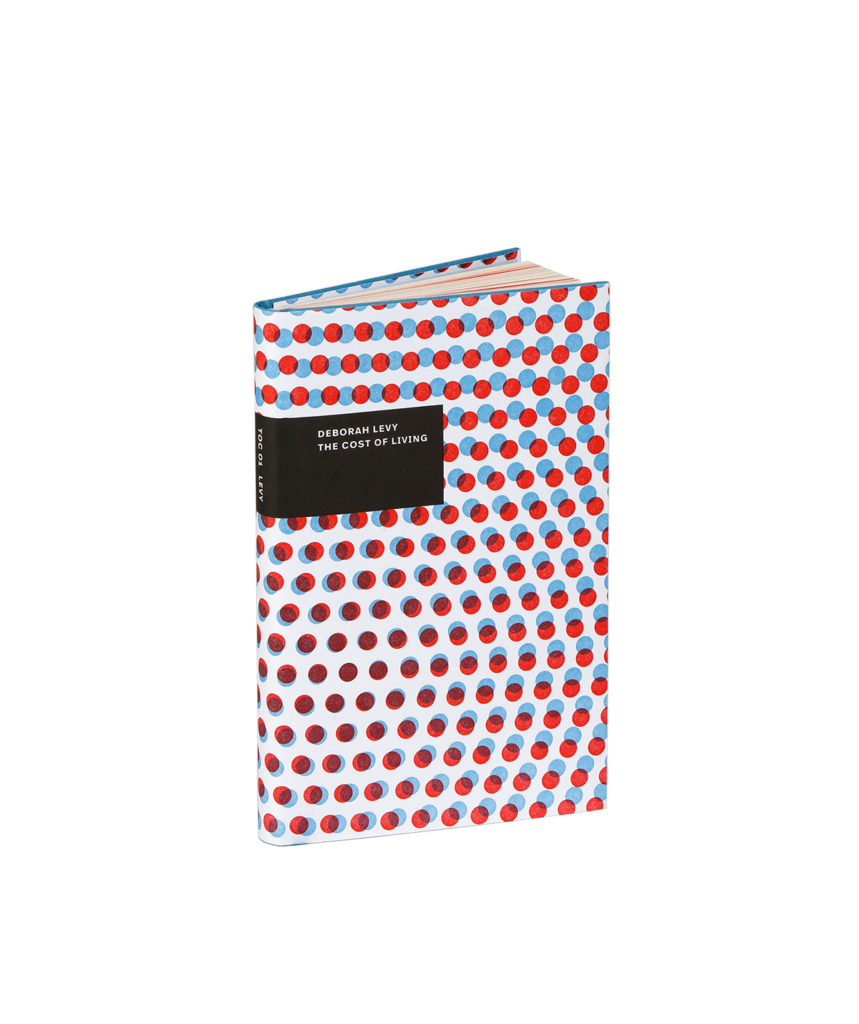
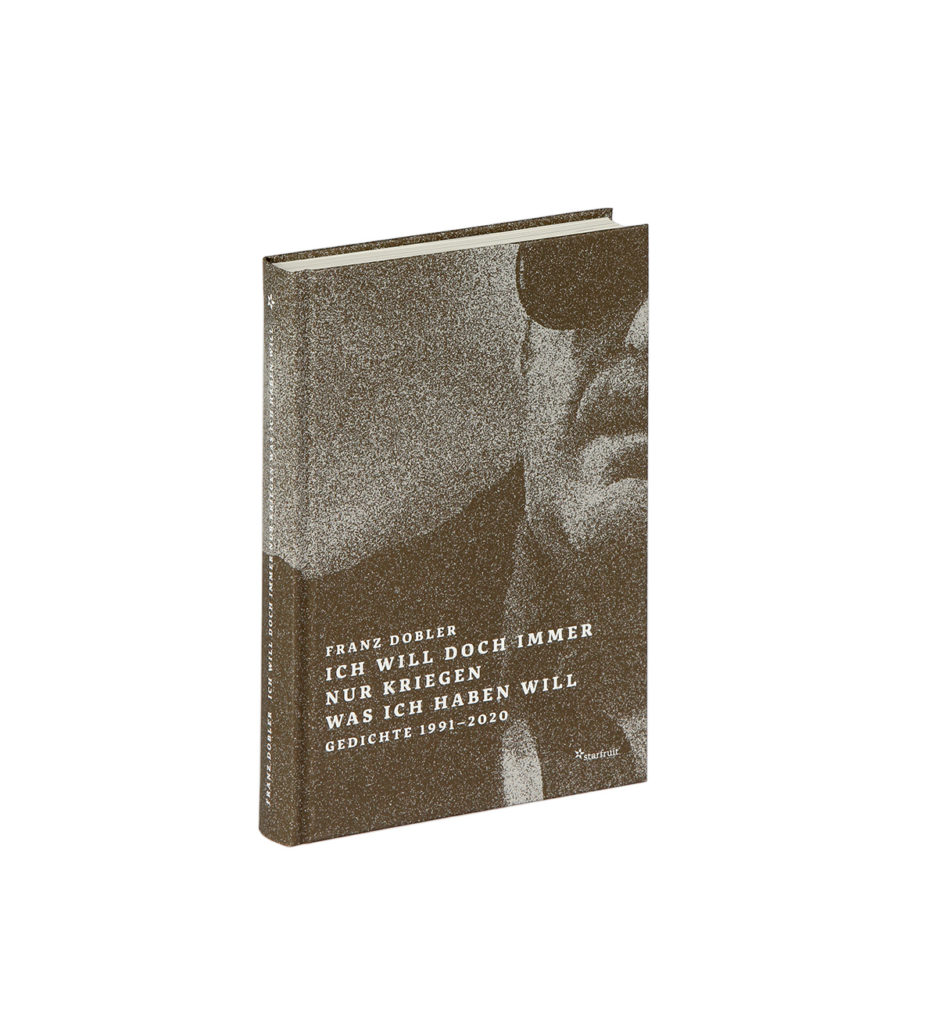
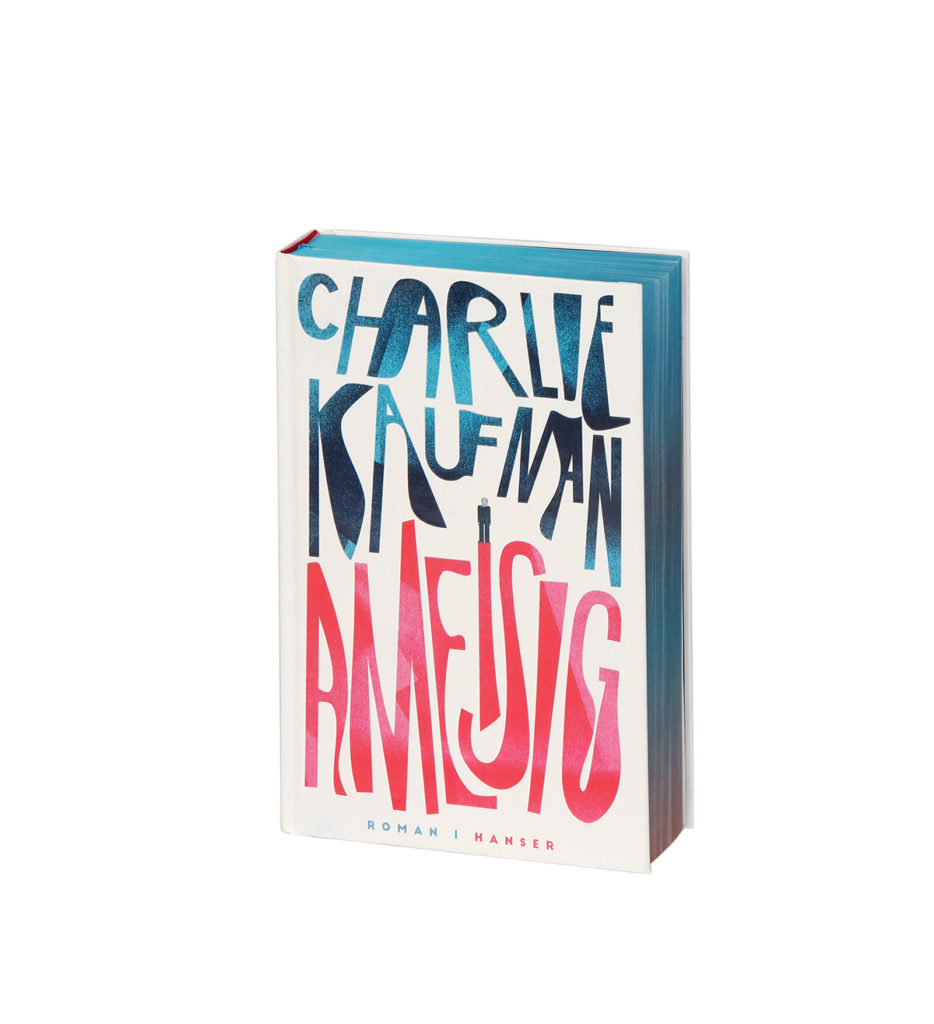
Five books were awarded prizes in the "General Literature" category, as well as in the following categories: "Überfahrt" by Leipzig-based publisher Spector Books won a prize, with the jury particularly praising the thread-stitched book block, which is inserted into the cover in such a way that it cannot break thanks to a hollow spine: "The transparent film of the protective cover serves as a metaphor for the thin membrane between man and weather on the high seas."
Other awards went to the small booklet "Aufgriffe" with a symposium contribution on the question of the connection between culture and business and "The Cost of Living" by Deborah Levy, which was subtly illustrated by Erik Spiekermann. The indie publisher starfruit publications, which we hold in high esteem, also had reason to celebrate: the title "Ich will doch immer nur kriegen was ich haben will" received a prize. One of the reasons for this was the atmospheric sensitivity of a "delicate font, whose corners are clipped in some places and whose serifs are finely rounded". It complements coarse-grained photographs by Juliane Liebert in the publication. When Charlie Kaufmann's "Ameisig" (published by Carl Hanser) won the prize, special mention was made of the multi-colored, three-page color cut.
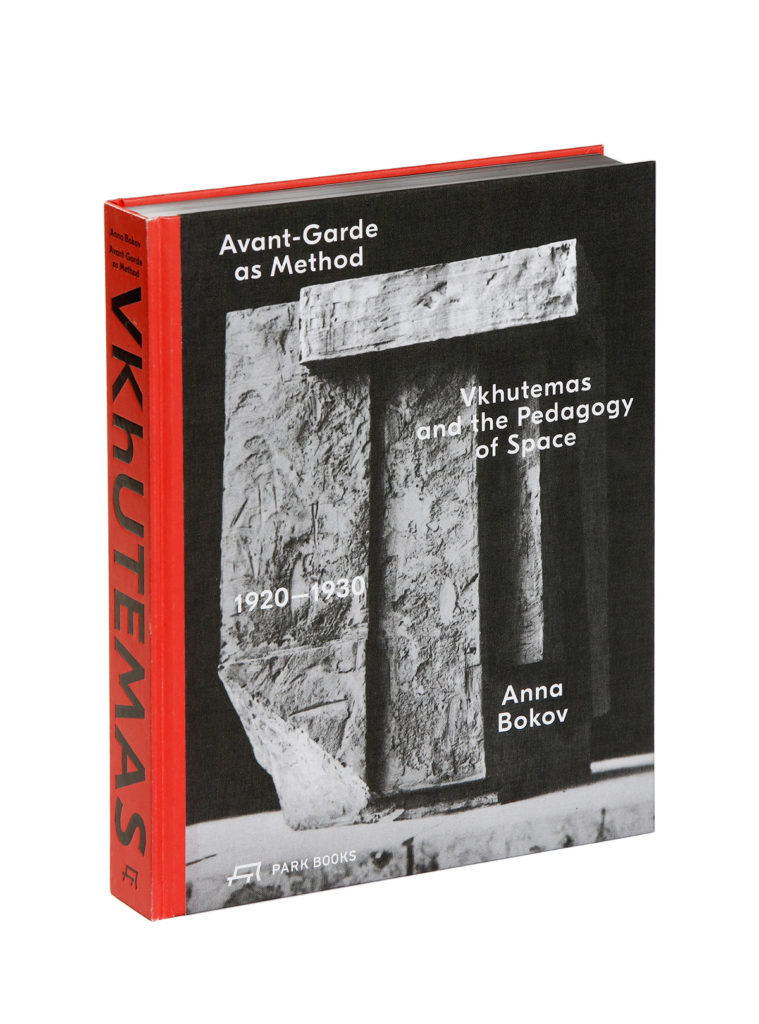

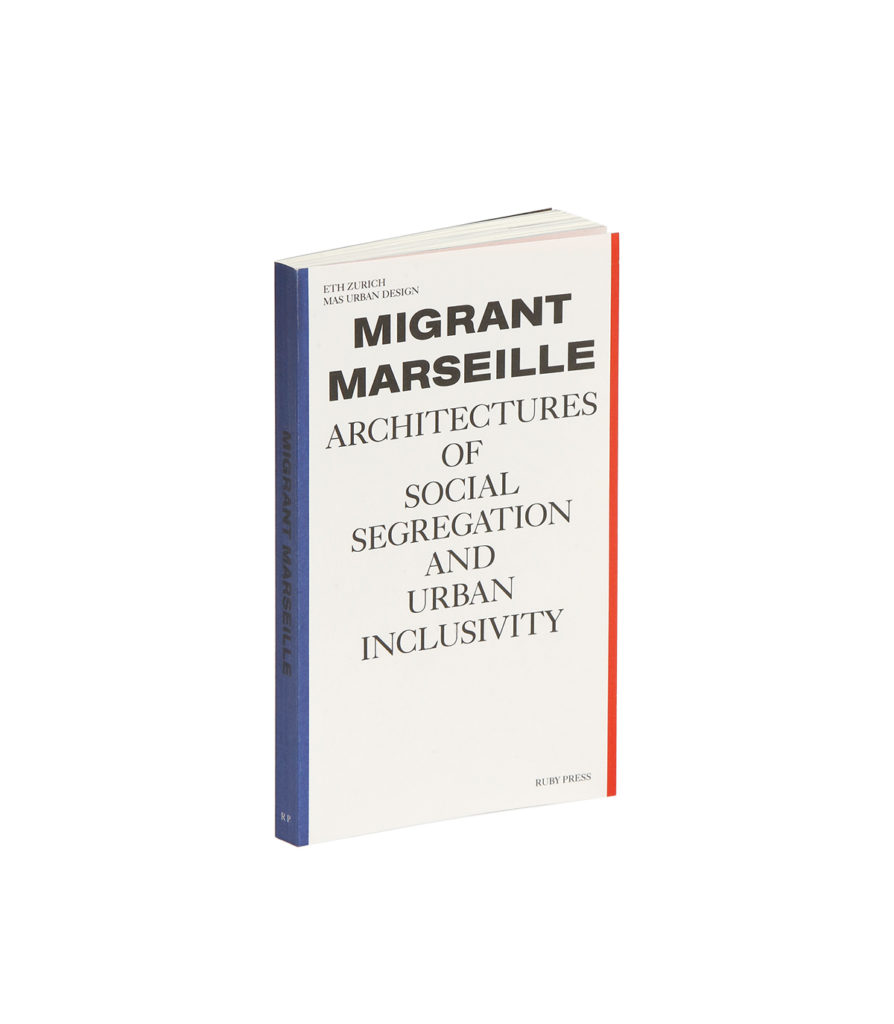
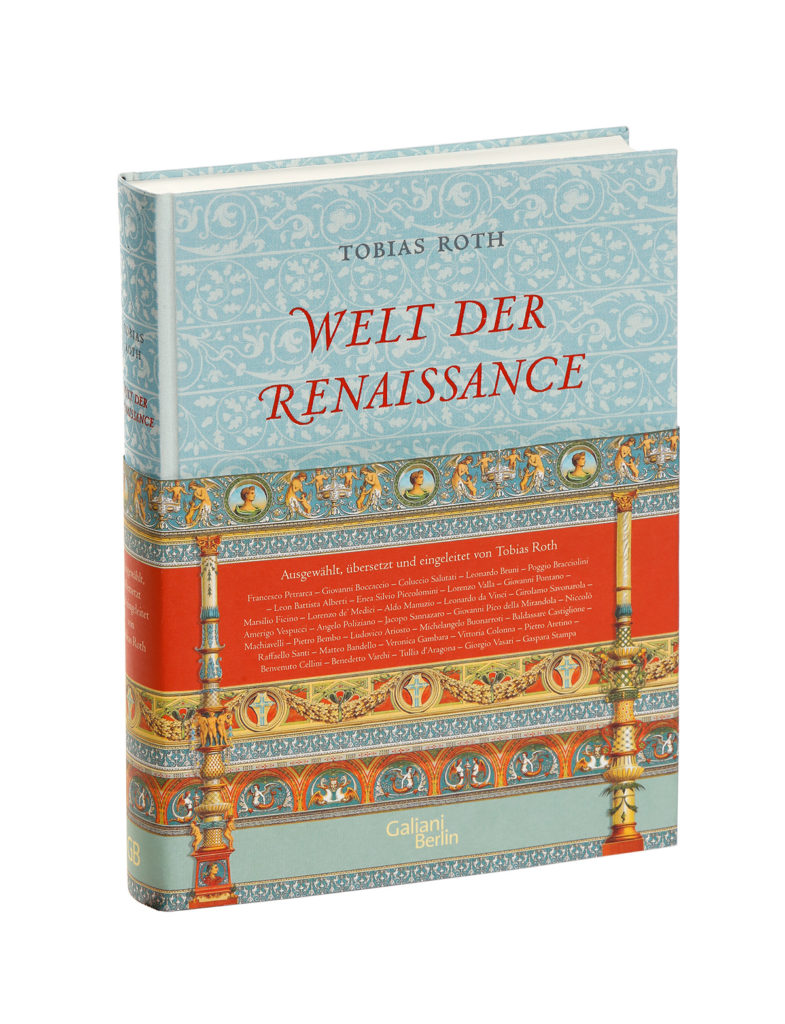

In the category of academic publications, the Swiss publishing house Park Books was honored with "Avantgarde as Method", again Spector Books with "Exploriso. Low-tech Fine Art", Ruby Press with their title "Migrant Marseille: Architectures of Social Segregation and Urban Inclusivity", the Berlin publisher Galiani with "Welt der Renaissance" and most recently "Edges of a Wired Nation" by Lars Müller Publishers. The latter impresses with its particularly cool, uncluttered layout, which blends in perfectly with the content. "Five photo essays on glossy picture paper are interspersed with the airy, rough text papers. As if through the periscope of a submarine, you marvel at a mysterious world." The book looks at the often ominous universe of big data and clouds. Impressively written and realized!
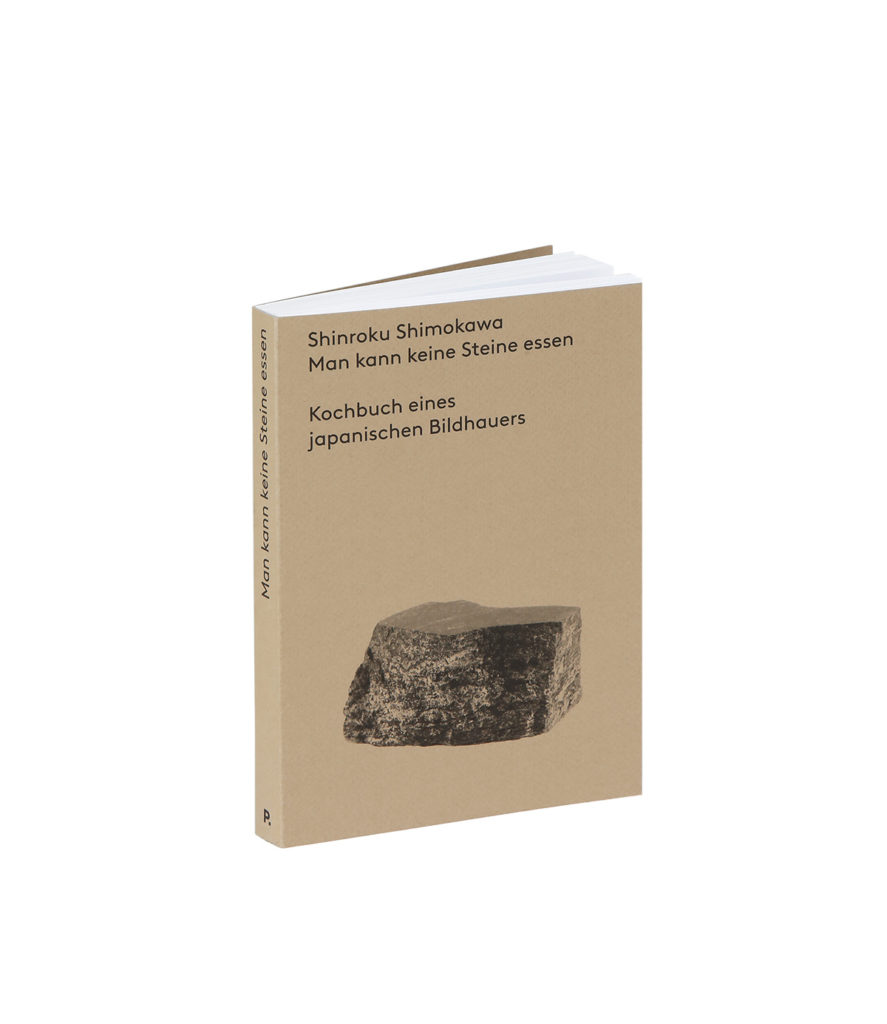
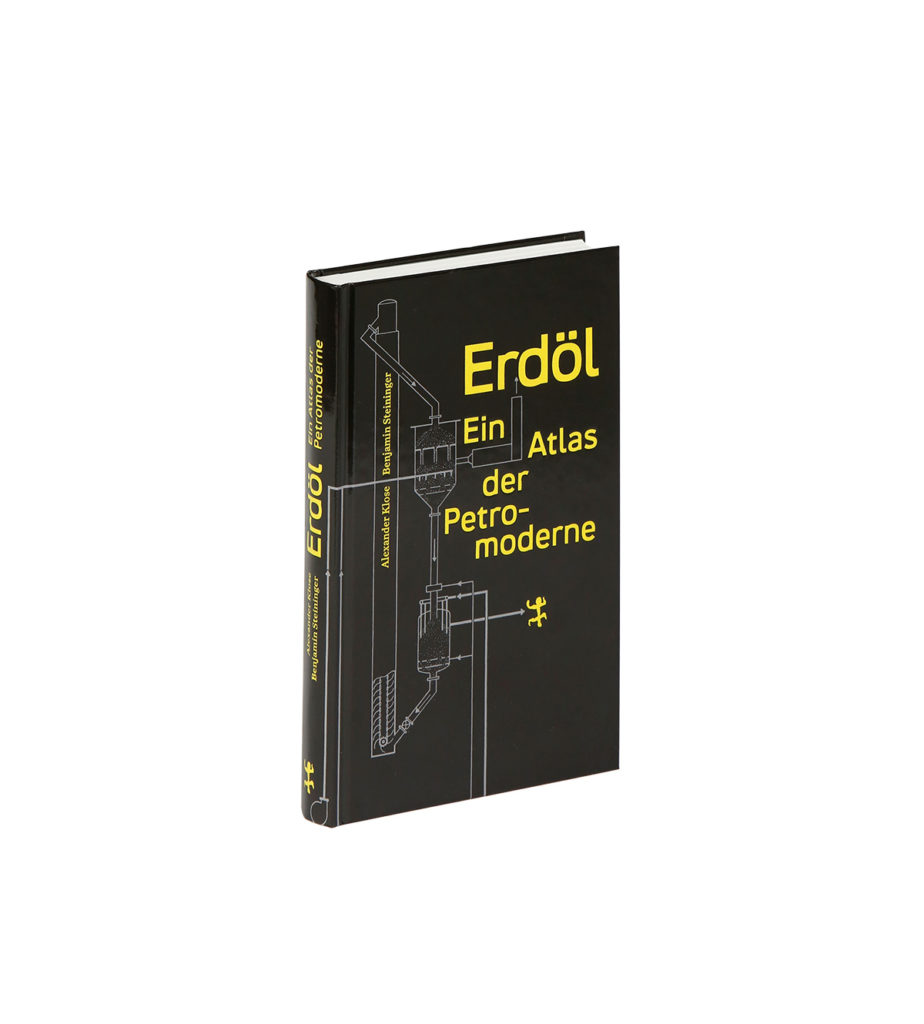
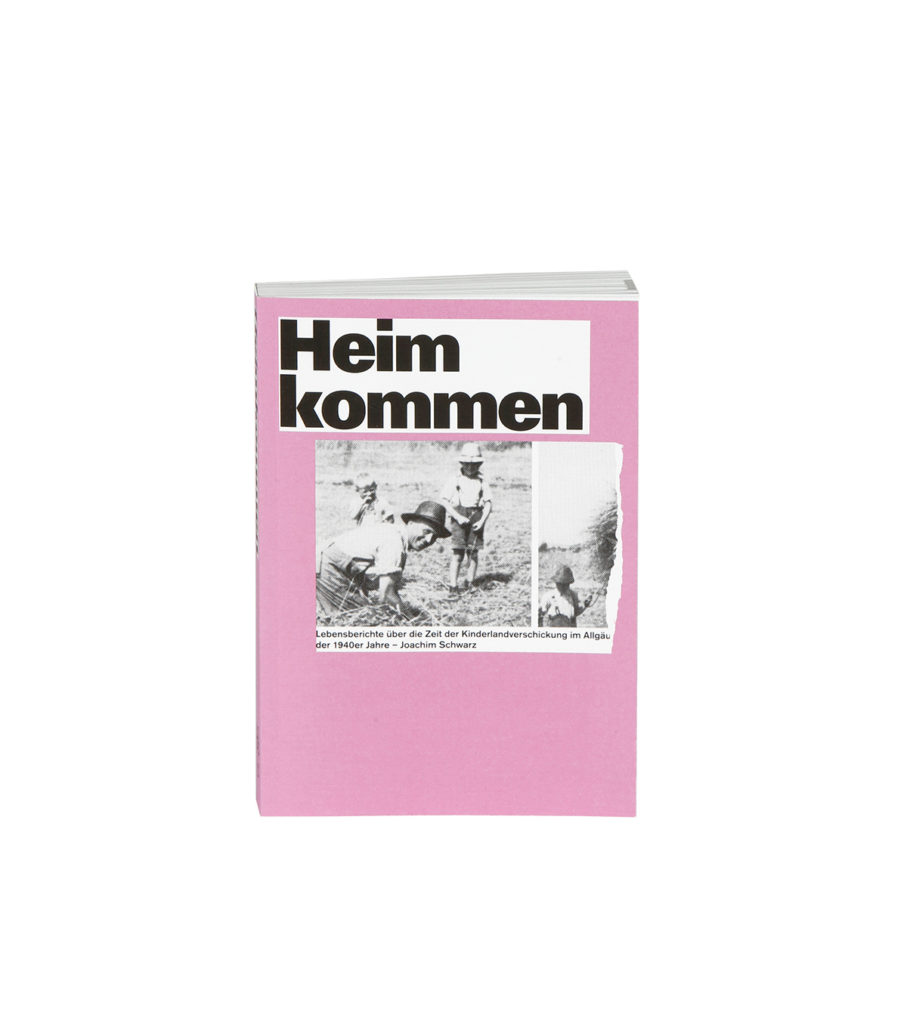

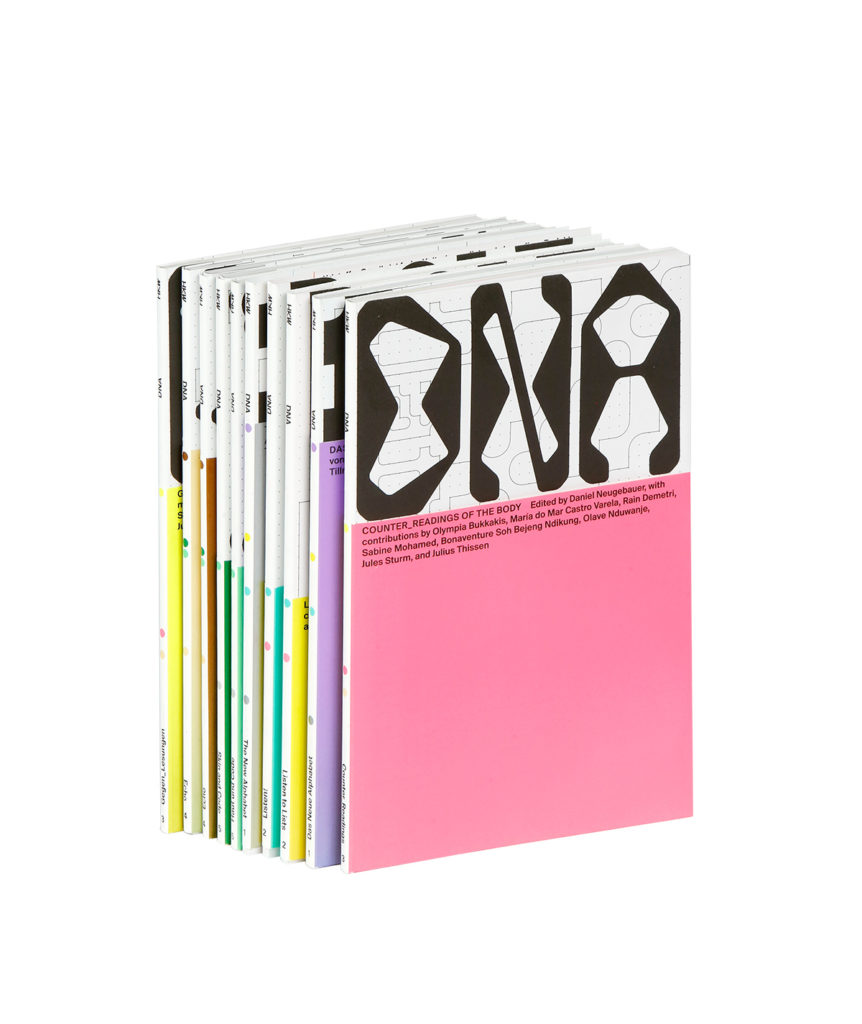
The non-fiction section is also impressive. Especially in terms of the range. In terms of content, crude oil meets women at the focal point of bourgeois morality, the cookbook of a Japanese sculptor meets the Kinderlandverschickung in the Allgäu. Visually and in terms of production, the winning books could not be further apart: the graphic design of "Das Neue Alphabet", for example, demonstrates a playful approach to an otherwise often dull realization of anthologies. "Roughly speaking, these are adhesive brochures with an American dust jacket. Strictly speaking, the covers unfold into dazzling tableaux," argued the jury. Spector Books from Leipzig shone here too, we take our hats off.
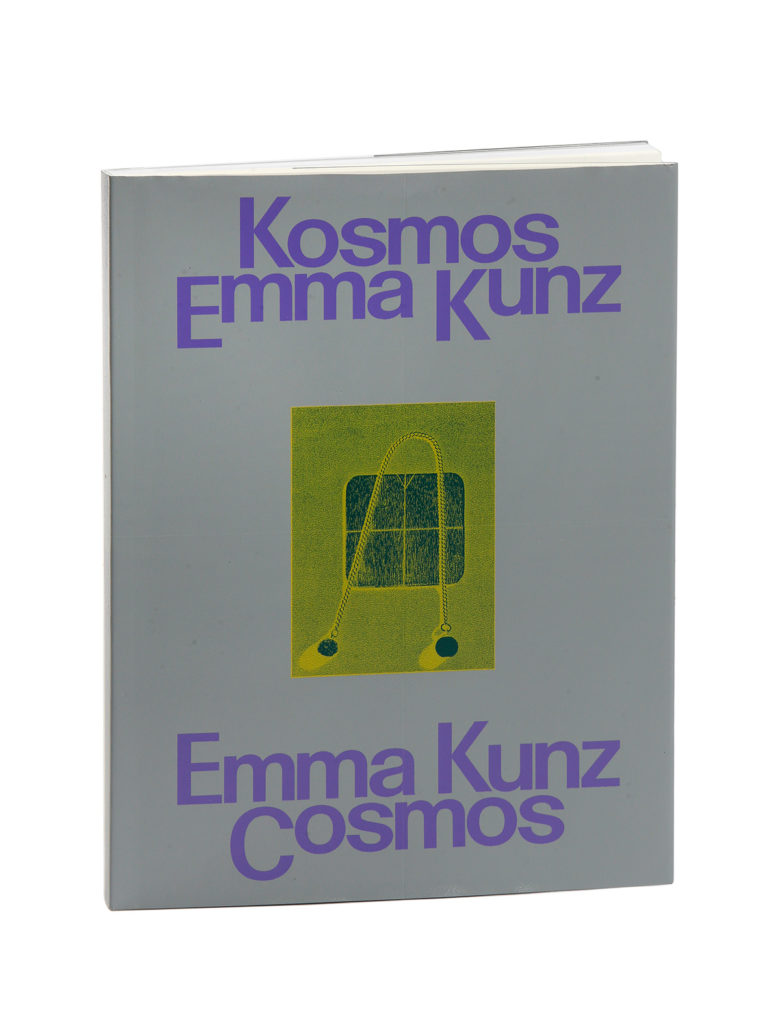
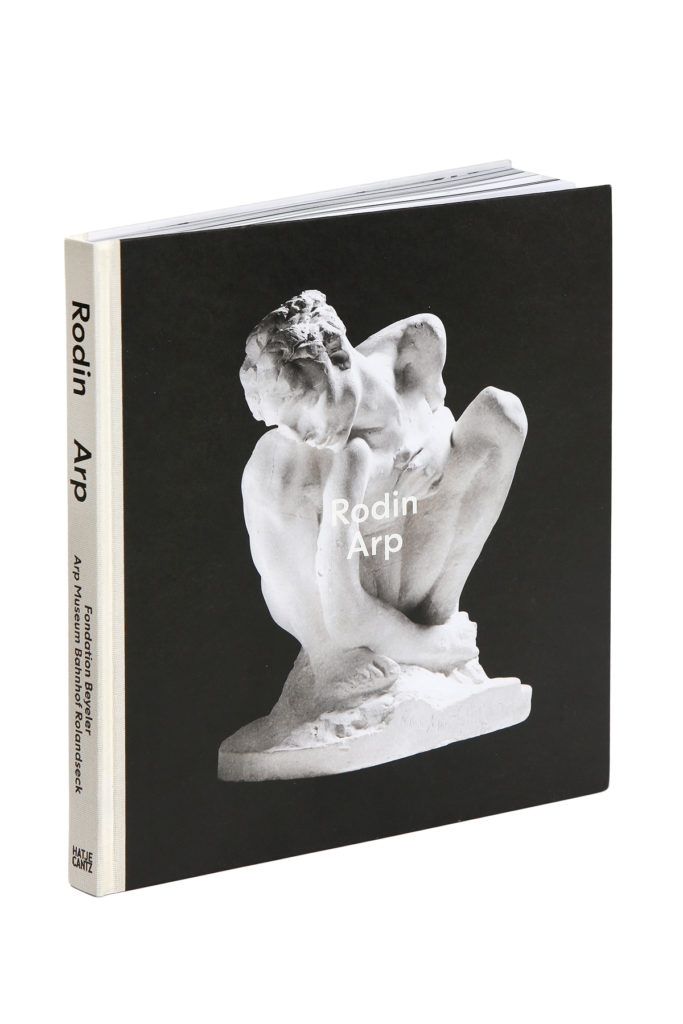
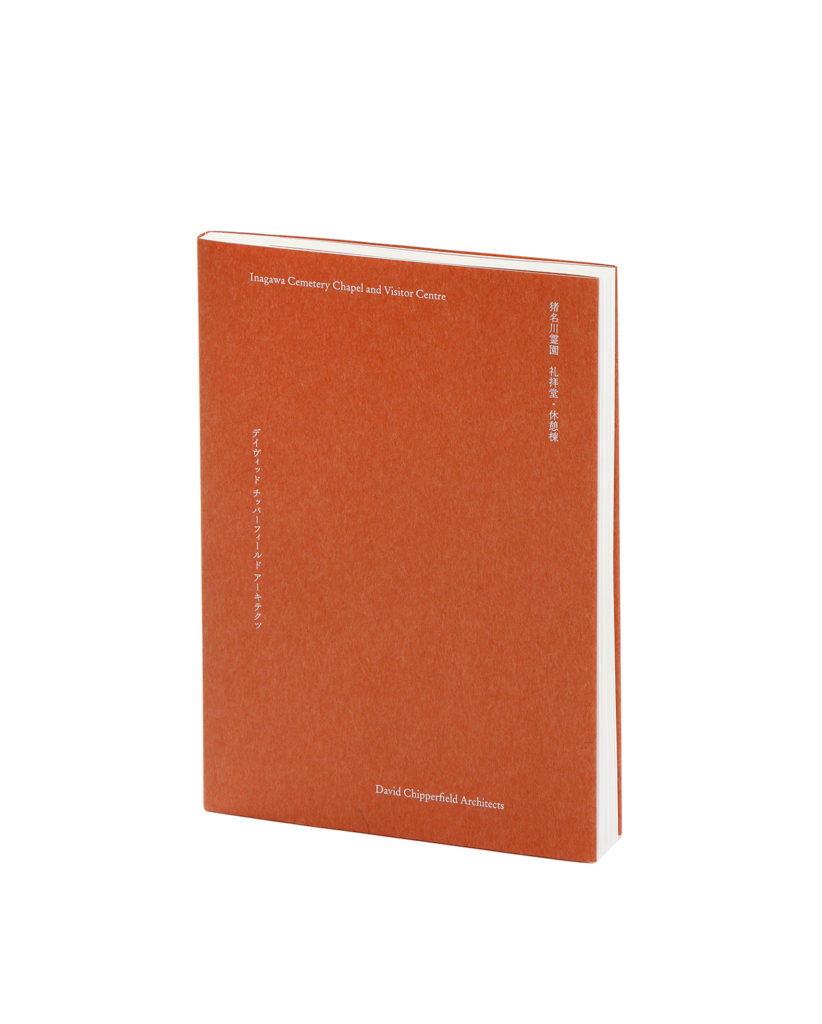

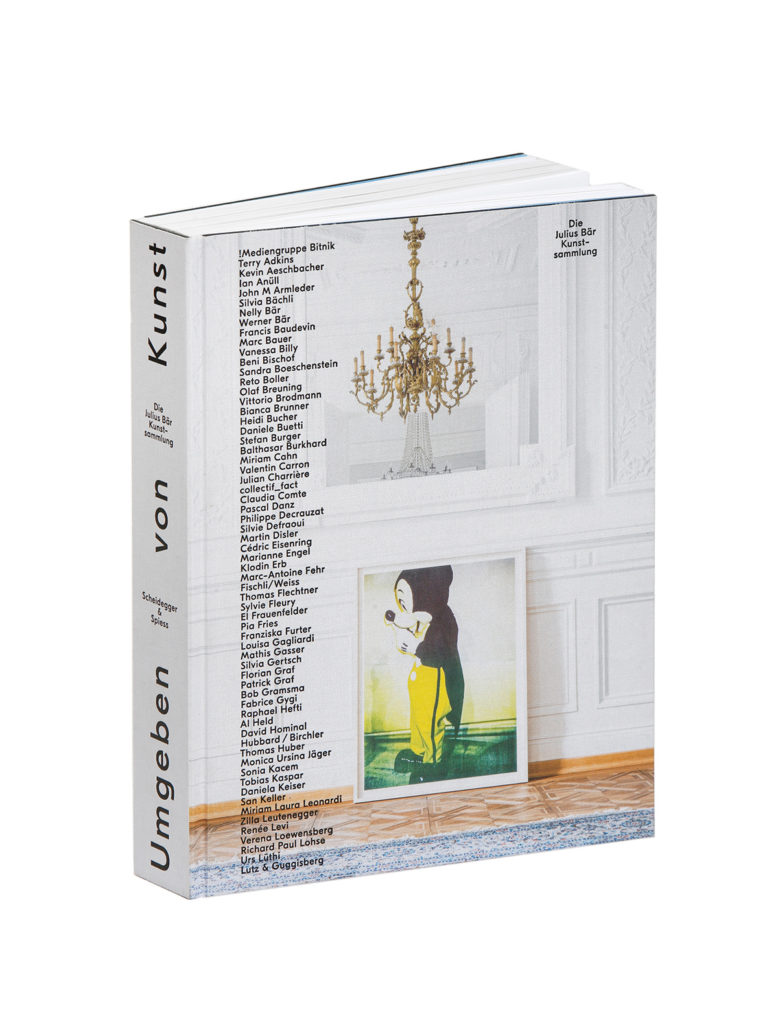
The "Art books, photo books, exhibition catalogs" section brings together the Zurich publishing house Scheidegger & Spiess with the titles "Emma Kunz Cosmos" and "Surrounded by Art", and Hatje Canz from Berlin with "Rodin / Arp", which is particularly captivating with its sophisticatedly illuminated photographs. Also taking part are Verlag der Buchhandlung Walther und Franz König ("Inagawa Cemetery Chapel and Vistor Centre designed by David Chipperfield"), and - surprise, surprise? - Spector Books ("NASA Apollo 11 - Man on the Moon") took home a prize. To a certain extent, the Leipzig-based company delivers a documentation of the legendary moon landing: "The astronauts themselves documented their flight and lunar sojourn with a Hasselblad camera."

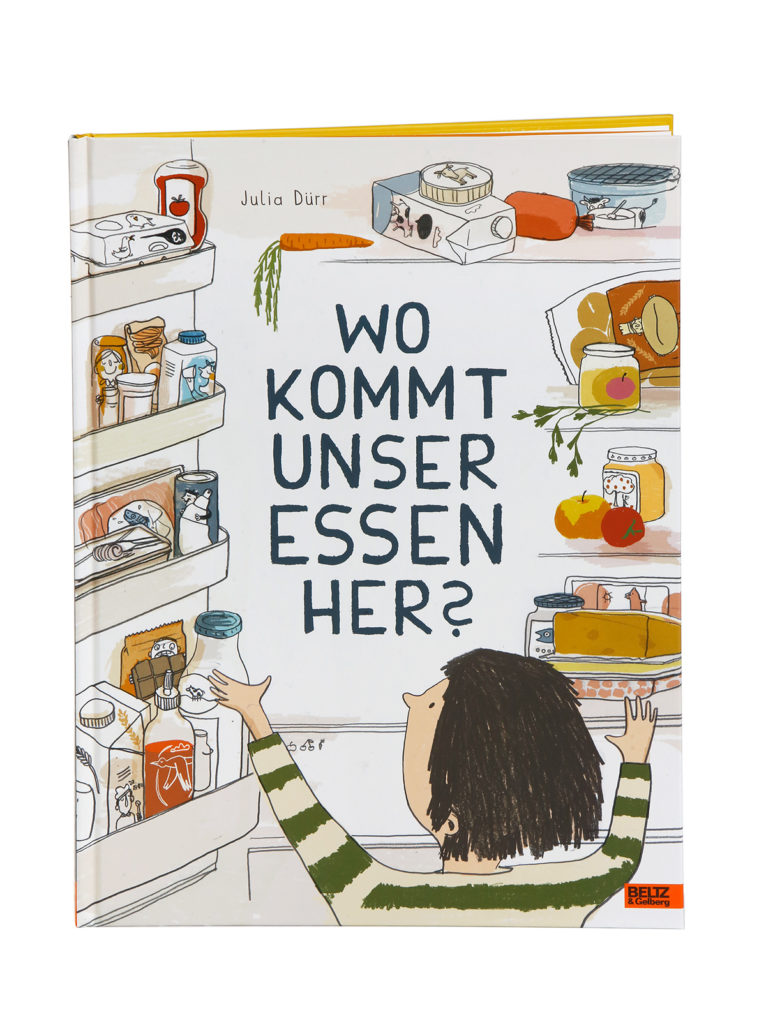
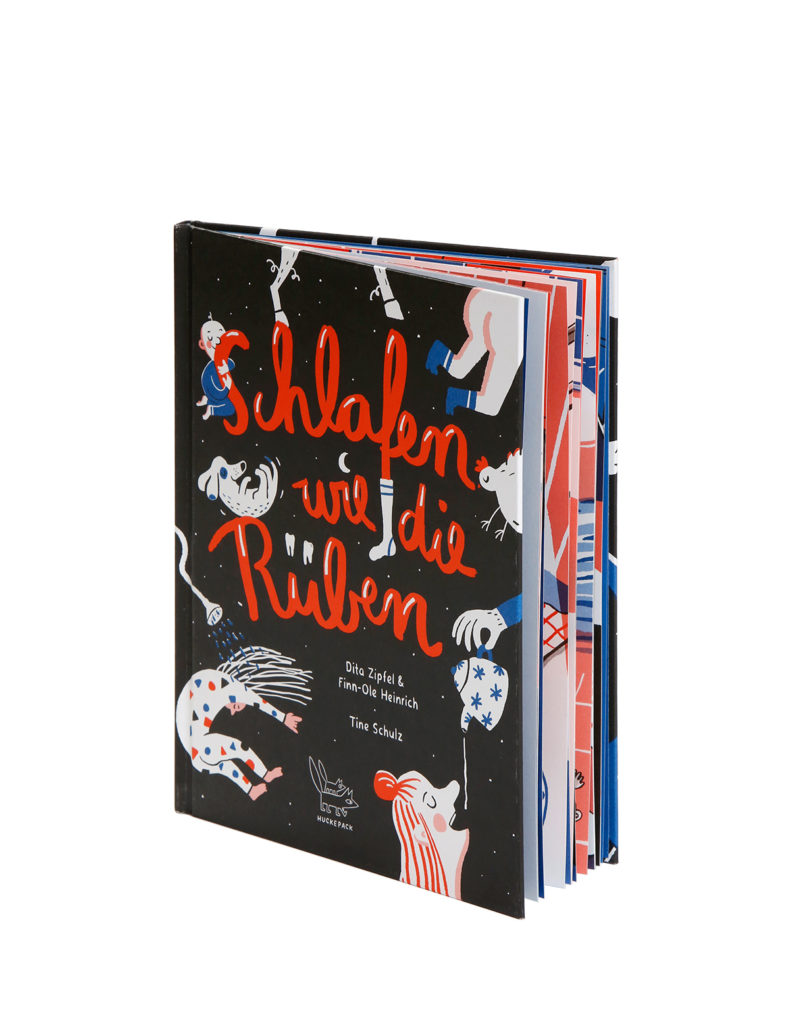
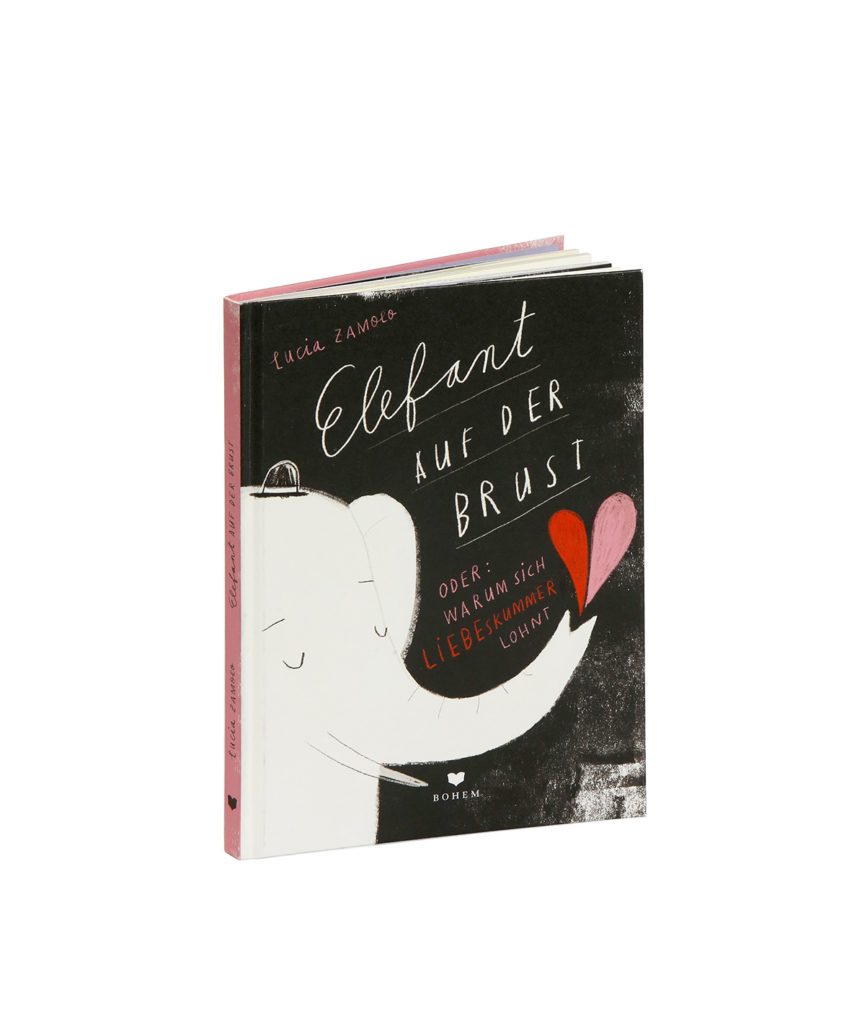

The secret favorite of our editorial team in the "Children's and Young Adult Books" category would have to be "The Great Rivers of the World" after a less mobile year. Majestically illustrated by Martin Haake, the maps of the Danube, Mississippi, Congo and Mekong are presented in the large format of a tome. But the small lovesickness guide by illustrator Lucia Zamolo, published by Bohem Verlag ("Elefant auf der Brust"), also shines with its sad subject matter: "While the illustrated text presents the facts about broken heart syndrome in everyday language, only a few lines turn the illustration of a heart into an allegory of heartache," said the jury. Not quite so much heartache in "Sunny greetings from Ziffernhausen", the six-meter-long fanfold, slash hidden object book by Tom Eigenhufe. Or the exquisite bedtime book from mairisch Verlag, "Schlafen wie die Rüben". Only at second glance does "Where does our food come from?" reveal how much research must have gone into this light-footed children's book. Illustrative and informative images go hand in hand, and the didactic scope of the concept and image composition is enormous. An important contribution to the climate debate, and everything is kept beautifully descriptive instead of moralizing with a pointing finger.
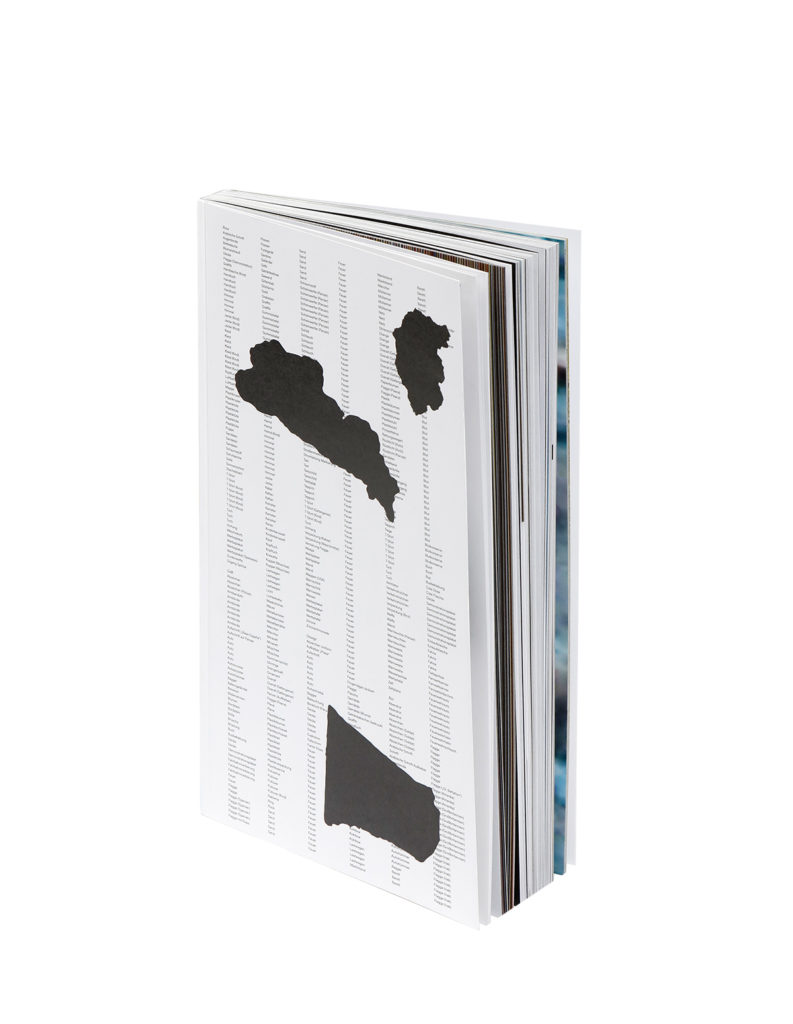
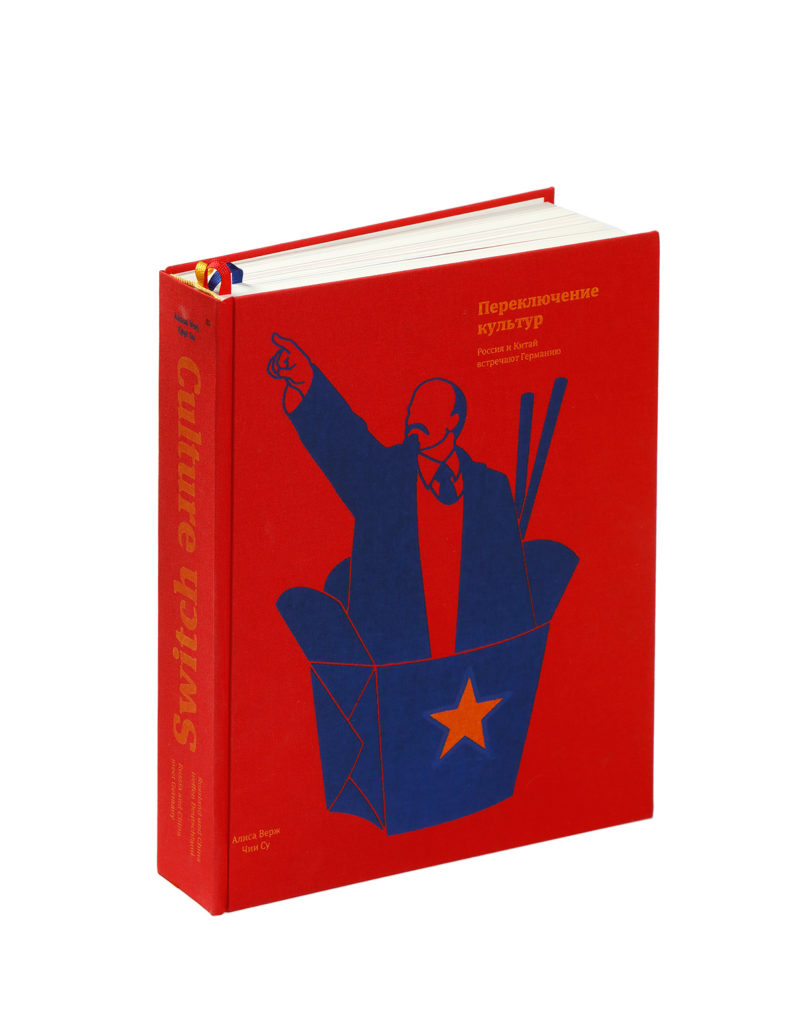
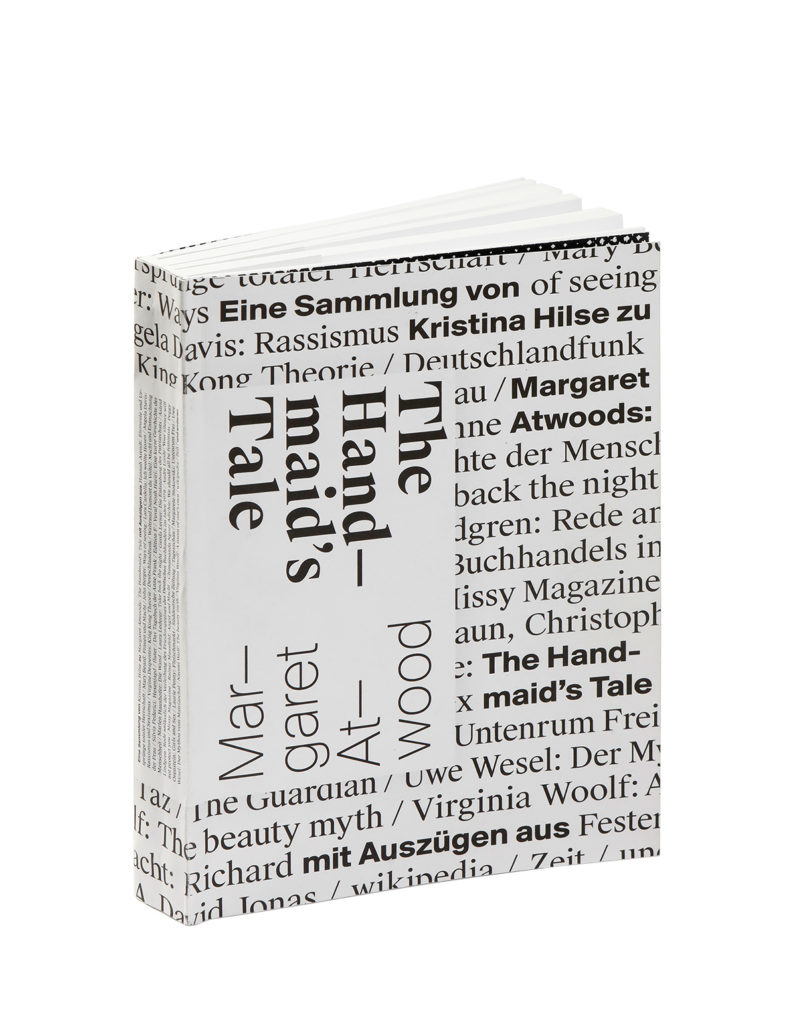
The "Sponsorship Award " section is coming to an end, although you can of course take a look at the shortlist if you are still interested. The title "Between Euphrates and Tigris" is by Virginie Calvet and Felix Hunger and is described by the jury as an "astonishing reflection on the senselessness of war". With their compendium "Culture Switch: Russland und China treffen Deutschland /Culture Switch: Russia and China meet Germany", artists Alissa Verj and Suki Su have created a comprehensive iconographic intersection of two worlds, the Chinese and the Russian. The most recent winner was the metaphorically and creatively multi-layered paperback "Eine Sammlung zu Margaret Atwoods The Handmaid's Tale", self-published by Kristina Hilse. For fans of the series or the novel, but also of the elaborate book design: "Reading fantasies that otherwise only take place in the mind now become visible as metatext, so to speak."
At this point, we would like to draw your attention to further events and online lectures that give young book designers a stage. All dates can be found on the Stiftung Buchkunst website.
